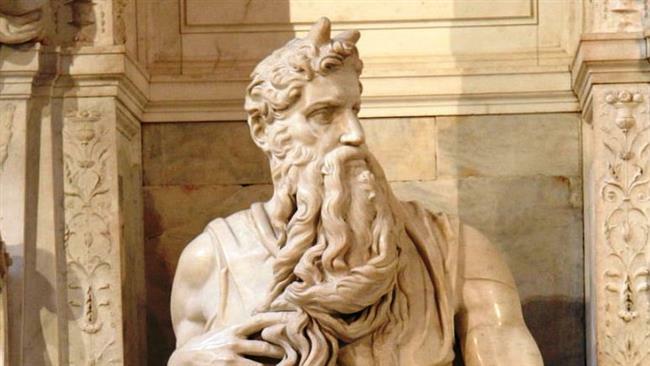Humanism is an ethical, cultural, philosophical and artistic posture that emerged in the 15th century in Europe, which emphasizes the importance of human beings themselves as a source of value formation.
Humanism is seen as a progressive view against supernaturalism (belief in the existence and participation of supernatural entities in mundane events). Given that the humanist current began during the Renaissance, it contributed to the diminishing influence of the church at that time.
With anthropocentric foundations, humanist philosophy offered new forms of reflection on various aspects of life and soon found manifestations in the arts, literature and philosophy.
Learn about the main characteristics of humanism:
1. Values rationalism
Humanists believe that only scientific evidence makes a concept acceptable and accurate. According to the current, reason, speculation and the scientific method are tools perfectly able to get satisfactory answers about the world, without the need to resort to the supernatural.
2. It bases ethics and morals on human values
Humanism states that values such as love, respect and honesty must be developed through individual and mundane experiences. Thus, the humanist current rejects the idea that external forces should dictate the morality of human acts, as well as disregarding any religious concept on the subject.
For humanists, it is necessary to observe the common desires and needs among humans and, through reason and social dynamics, evolving values, beliefs and moral standards as a way to achieve happiness, freedom and progress.
3. Gives full responsibility to humans
Considering that humanism disregards the influence of supernatural beings in human relationships, the philosophical current assigns to humans the total responsibility for their actions.
For humanists, humanity has control over all aspects of life and has the power and knowledge to solve any problem. So, any crisis that develops is your complete responsibility.
4. Values the contrast of ideas and beliefs
Humanists recognize the advantages of adopting divergent views as a way to evolve as a society. With regard to religion, humanists are classified as “non-theists”, since their adherents are often atheists, agnostics or even deists.
5. Aims at personal fulfillment
Humanism aims at the personal fulfillment of all human beings. The absence of belief in supernatural forces or in the afterlife means that there is only one life to be lived. Thus, the gift must be valued and any wish or dream must be pursued as soon as possible.
6. absence of dogmas
The adoption of certainties or absolute truths is incompatible with humanism. Considering that the focus is always on the human being, the plurality of opinions added to the natural transformations in society make humanists always open to questioning and reviewing its precepts.
7. Development of new techniques and artistic interests
In the field of arts, humanism instigated a transformation in artists' interests and inspirations. The sculptures and paintings now featured extremely high degrees of detail in facial expressions and human proportions. Furthermore, it was during the Renaissance that painters developed the techniques of linear perspective and vanishing point.

Renaissance sculpture of Moses made by Michelangelo in which the focus on the details of the human body is noted, a hallmark of humanist art.
Main names and works of humanism
Humanism has had a great influence on all branches of the arts, serving as an inspiration for some of the best known works in the world. Check out the main humanist artists of the Renaissance period below, followed by some of their works:
Literature
- Francesco Petrarch:Songbook and the Triumph, my secret book and Holy Land Itinerary
- Dante Alighieri:The divine Comedy, Monarchy and the conviviality
- Giovanni Boccaccio:Decameron and the Philocol
- Michel de Montaigne:Essay
- Thomas More:Utopia, the Agony of Christ and Epitaph
Painting
- Leonardo da Vinci: The Last Supper, Mona Lisa and Vitruvian Man
- Michelangelo: Adam's Creation, Sistine Chapel Ceiling and Last Judgment
- Raphael Sanzio: School of Athens, Sistine Madonna and Transfiguration
- Sandro Botticelli: The Birth of Venus, The Adoration of the Magi and Spring
Sculpture
- Michelangelo: La Pieta, Moses and Madonna of Bruges
- Donatello: Saint Mark, Prophets and David
See too:
- Humanism
- Rebirth
- Ethic and moral
